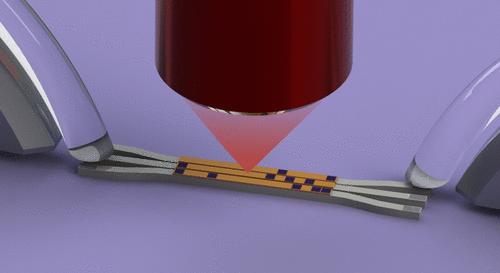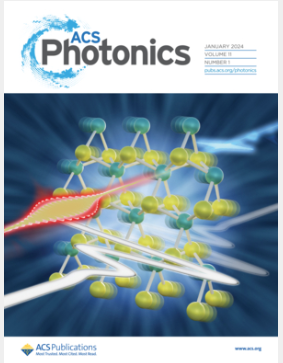Inverse Design of Unitary Transmission Matrices in Silicon Photonic Coupled Waveguide Arrays Using a Neural Adjoint Model
IF 6.5
1区 物理与天体物理
Q1 MATERIALS SCIENCE, MULTIDISCIPLINARY
引用次数: 0
Abstract
The development of low-loss reconfigurable integrated optical devices enables further research into technologies including photonic signal processing, analogue quantum computing, and optical neural networks. Here, we introduce digital patterning of coupled waveguide arrays as a platform capable of implementing unitary matrix operations. Determining the required device geometry for a specific optical output is computationally challenging and requires a robust and versatile inverse design protocol. In this work we present an approach using high speed neural network surrogate-based gradient optimization, capable of predicting patterns of refractive index perturbations based on switching of the ultralow loss chalcogenide phase change material, antimony triselinide (Sb2Se3). Results for a 3 × 3 silicon waveguide array are presented, demonstrating control of both amplitude and phase for each transmission matrix element. Network performance is studied using neural network optimization tools such as data set augmentation and supplementation with random noise, resulting in an average fidelity of 0.94 for unitary matrix targets. Our results show that coupled waveguide arrays with perturbation patterns offer new routes for achieving programmable unitary operators, or Hamiltonians for quantum simulators, with a reduced footprint compared to conventional interferometer-mesh technology.

求助全文
约1分钟内获得全文
求助全文
来源期刊

ACS Photonics
NANOSCIENCE & NANOTECHNOLOGY-MATERIALS SCIENCE, MULTIDISCIPLINARY
CiteScore
11.90
自引率
5.70%
发文量
438
审稿时长
2.3 months
期刊介绍:
Published as soon as accepted and summarized in monthly issues, ACS Photonics will publish Research Articles, Letters, Perspectives, and Reviews, to encompass the full scope of published research in this field.
 求助内容:
求助内容: 应助结果提醒方式:
应助结果提醒方式:


